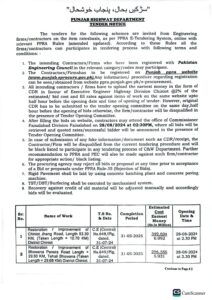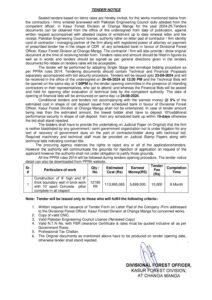Why are solar panels becoming cheaper all over the world?

In recent years, the cost of solar panels has been steadily declining, making solar energy more accessible to people across the globe. But what’s driving this significant drop in prices? Let’s explore the key factors contributing to the affordability of solar panels.

1. Advancements in Technology
Technological innovations have played a crucial role in reducing the cost of solar panels. Improvements in photovoltaic (PV) cell technology have increased the efficiency of solar panels, allowing them to generate more electricity from the same amount of sunlight. New manufacturing processes, such as automated production lines and improved material usage, have also helped lower production costs.

2. Economies of Scale
As the demand for solar panels has grown, manufacturers have been able to produce them on a larger scale. This mass production leads to economies of scale, where the cost per unit decreases as the volume of production increases. The global expansion of the solar market has enabled manufacturers to invest in larger factories and more efficient production methods, driving down costs.

3. Government Incentives and Subsidies
Many governments around the world have implemented policies and incentives to promote the adoption of renewable energy sources like solar power. These incentives often include tax credits, rebates, and subsidies for both consumers and producers. Such financial support has made solar panels more affordable for consumers and has encouraged further investment and competition in the solar industry, leading to lower prices.

4. Increased Competition
The solar industry has seen a significant increase in the number of companies entering the market. This surge in competition has driven innovation and efficiency, compelling manufacturers to lower their prices to stay competitive. Additionally, the entry of new players has spurred technological advancements and improved production techniques, contributing to the overall decrease in costs.

5. Global Supply Chain Improvements
The globalization of the solar panel supply chain has also contributed to cost reductions. Components and materials needed for solar panel production are sourced from various parts of the world, often from regions where they can be produced more cheaply. Improvements in logistics and transportation have streamlined the supply chain, reducing delays and costs associated with shipping and handling.

6. Falling Prices of Raw Materials
The prices of key raw materials used in solar panel manufacturing, such as silicon, have decreased over time. Advances in material science and more efficient extraction and processing techniques have made these materials cheaper to produce. As a result, the overall cost of manufacturing solar panels has gone down.

7. Long-term Investment and Research
Continuous investment in research and development by both public and private sectors has led to breakthroughs in solar technology. Long-term investments have resulted in more durable and efficient solar panels, reducing the cost per watt of electricity generated. Innovations such as bifacial panels, which capture sunlight on both sides, and perovskite solar cells, which offer higher efficiency, are some examples of advancements driving down costs.

Conclusion
The decreasing cost of solar panels is a positive development for the global transition to renewable energy. Technological advancements, economies of scale, government incentives, increased competition, improvements in the global supply chain, falling raw material prices, and sustained investment in research and development have all contributed to making solar energy more affordable. As solar panels continue to become cheaper, more people will be able to harness the power of the sun, leading to a greener and more sustainable future.








